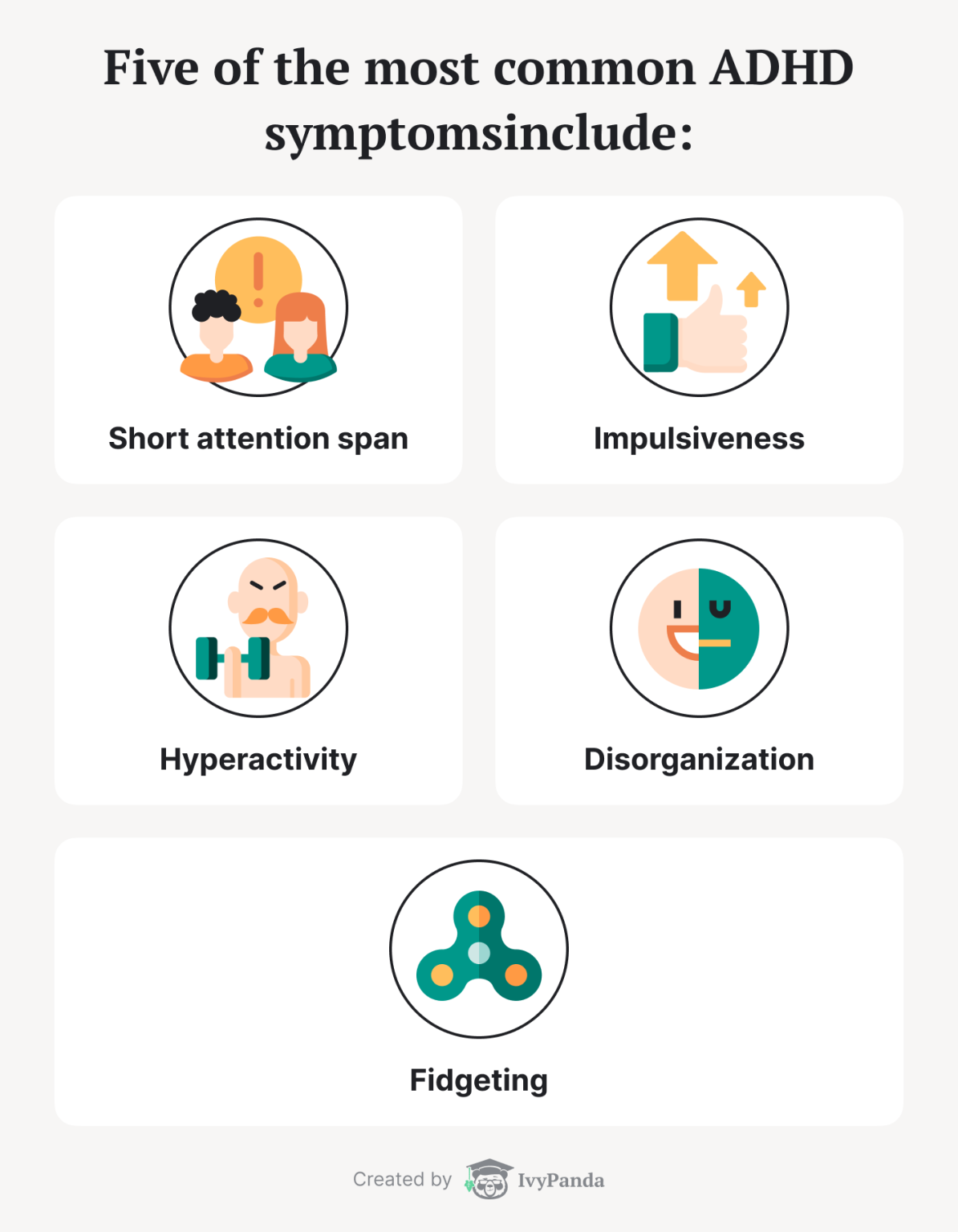

When health professionals are working out whether a child has ADHD, they’ll look at things like the following: They’re always on the go, have difficulty slowing down and often act without thinking things through. ADHD hyperactive/impulsive type: children with this type mainly have hyperactive and impulsive characteristics.They tend to have difficulty concentrating, remembering instructions, paying attention and finishing tasks. ADHD inattentive type: children with this type mainly have inattentive characteristics.They often act without thinking things through. They tend to have difficulty concentrating, are fidgety or restless and are always on the go. ADHD combined type: children with this type have both hyperactive/impulsive and inattentive characteristics.Diagnosing ADHD: what professionals look atĬhildren might be diagnosed with 1 of 3 types of attention deficit hyperactivity disorder (ADHD), depending on their characteristics: This is why it’s best make an appointment to see your GP, who can refer your child for a proper assessment. Other conditions can cause characteristics that look like ADHD. If your child has some of these characteristics, it doesn’t necessarily mean your child has ADHD. interrupts other people’s conversations or games.blurts out answers before questions are finished.is impatient and doesn’t wait for a turn.has difficulty staying seated at school or the dinner table.finds it hard to play or take part in activities quietly.runs around and climbs on things in inappropriate situations.Hyperactive and impulsive characteristics often loses things like schoolwork, pencils, books, clothing, lunch boxes or water bottles.


#Signs of add vs adhd how to
You can find out how to do this in our articles on supporting children and pre-teens with ADHD and supporting teenagers with ADHD. channel their energy into physical activity and be very successful.Ĭhildren and teenagers with ADHD might need support to learn, manage their emotions and behaviour, develop friendships, and do everyday tasks in ways that work for them.be adventurous and open to trying new things.focus on and spend a lot of time learning about and enjoying things they love.be highly creative and think about things in unique ways.These difficulties happen most of the time and have a big effect on children’s daily lives.Ĭhildren with ADHD also have many strengths. controlling impulses – for example, they might say or do things before thinking them through.being hyperactive – for example, they find it hard to sit still for long.paying attention – for example, they find it hard to concentrate on tasks.Typically, children with ADHD have difficulties with: These differences mean that children with ADHD have particular difficulties and strengths. Attention deficit hyperactivity disorder (ADHD): what is it?Ĭhildren with attention deficit hyperactivity disorder (ADHD) have brains that work differently from the brains of children without ADHD.


 0 kommentar(er)
0 kommentar(er)
